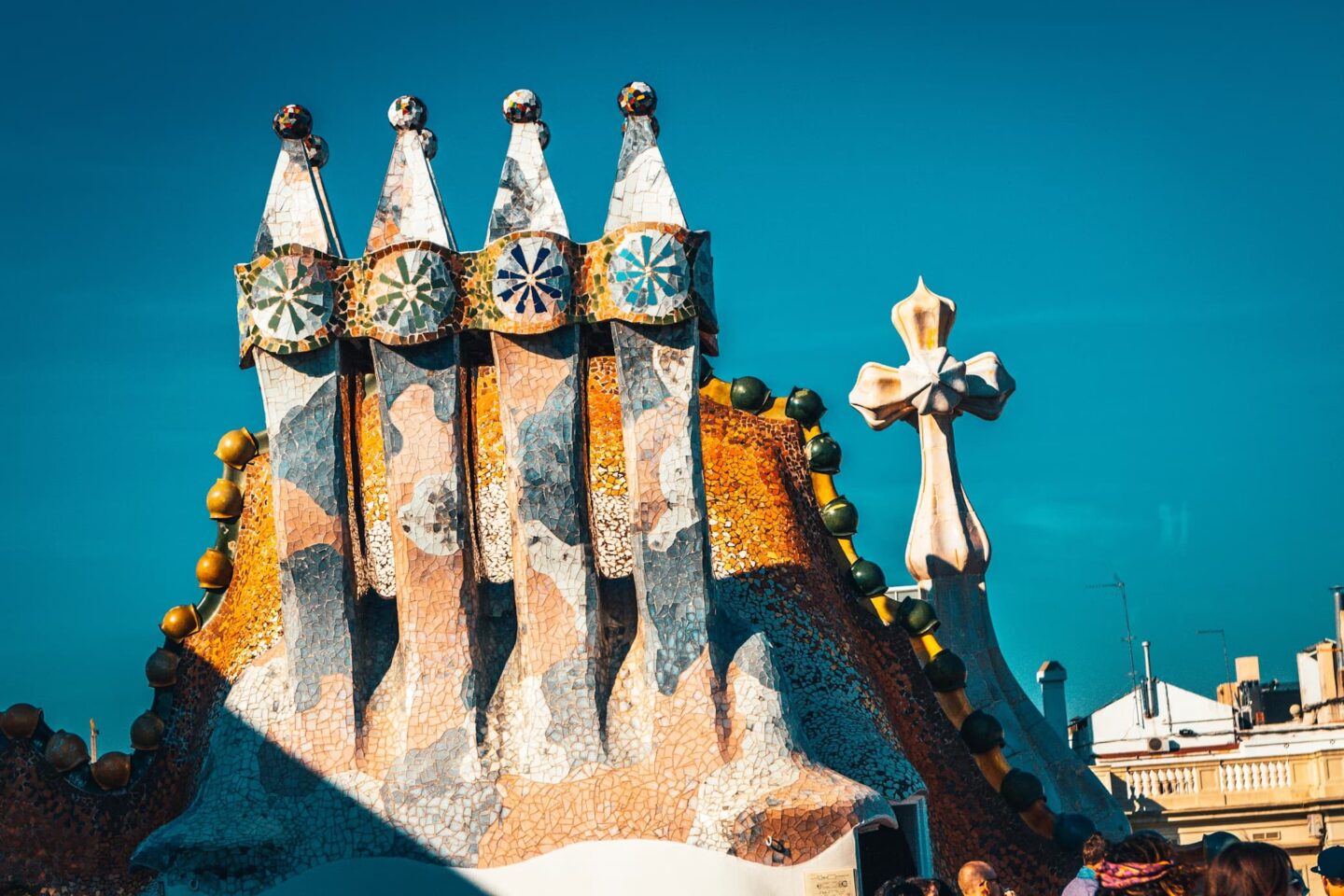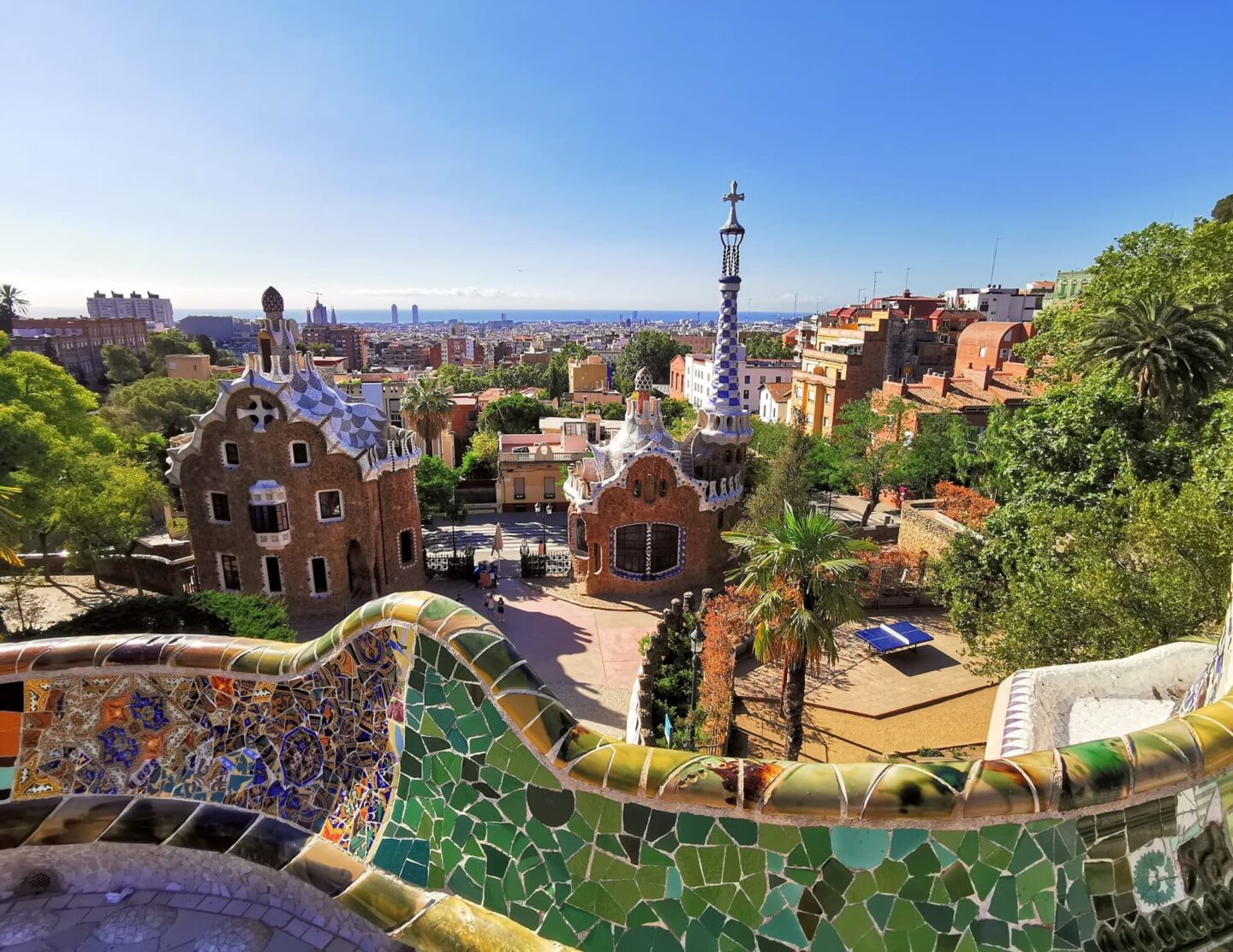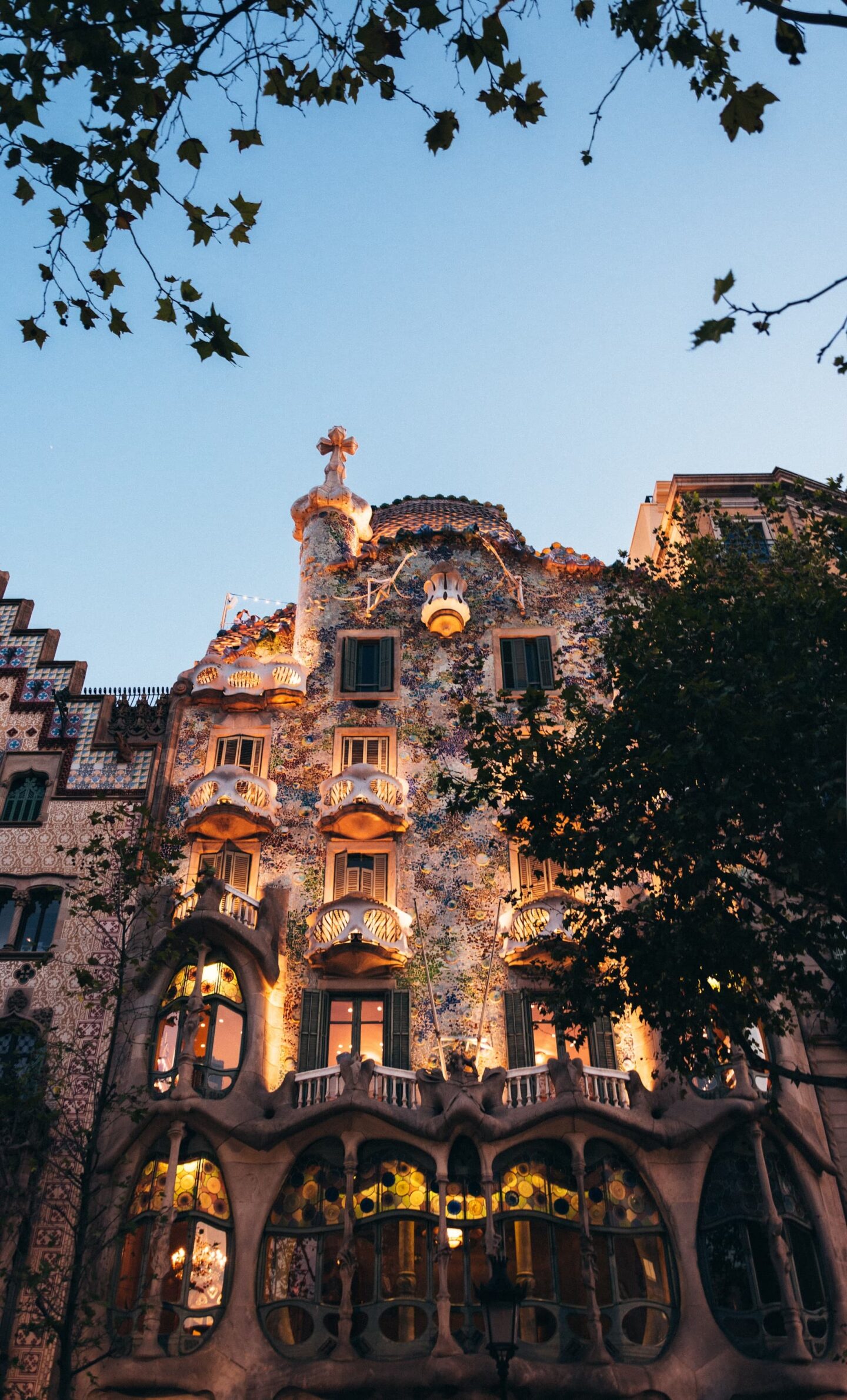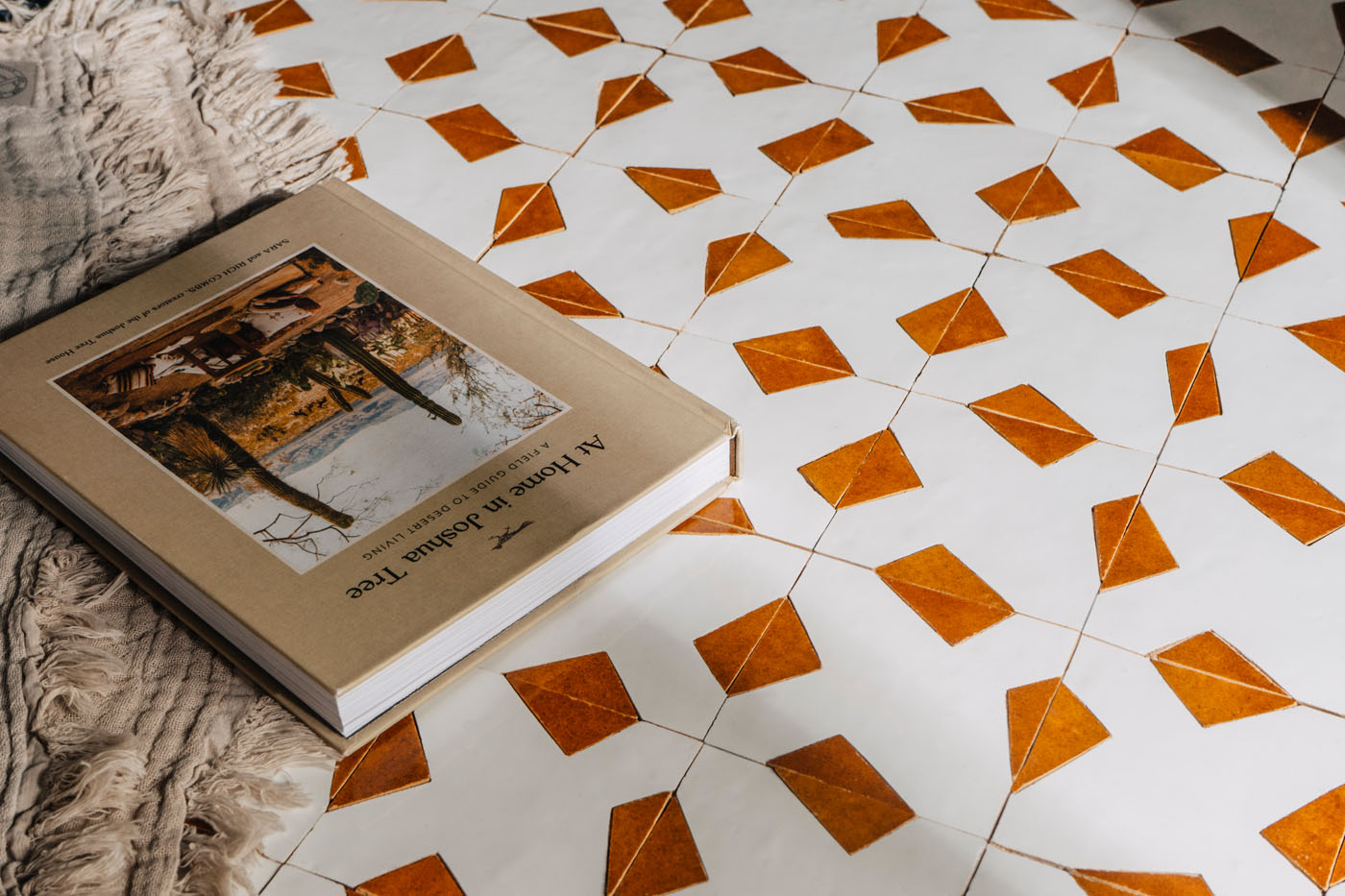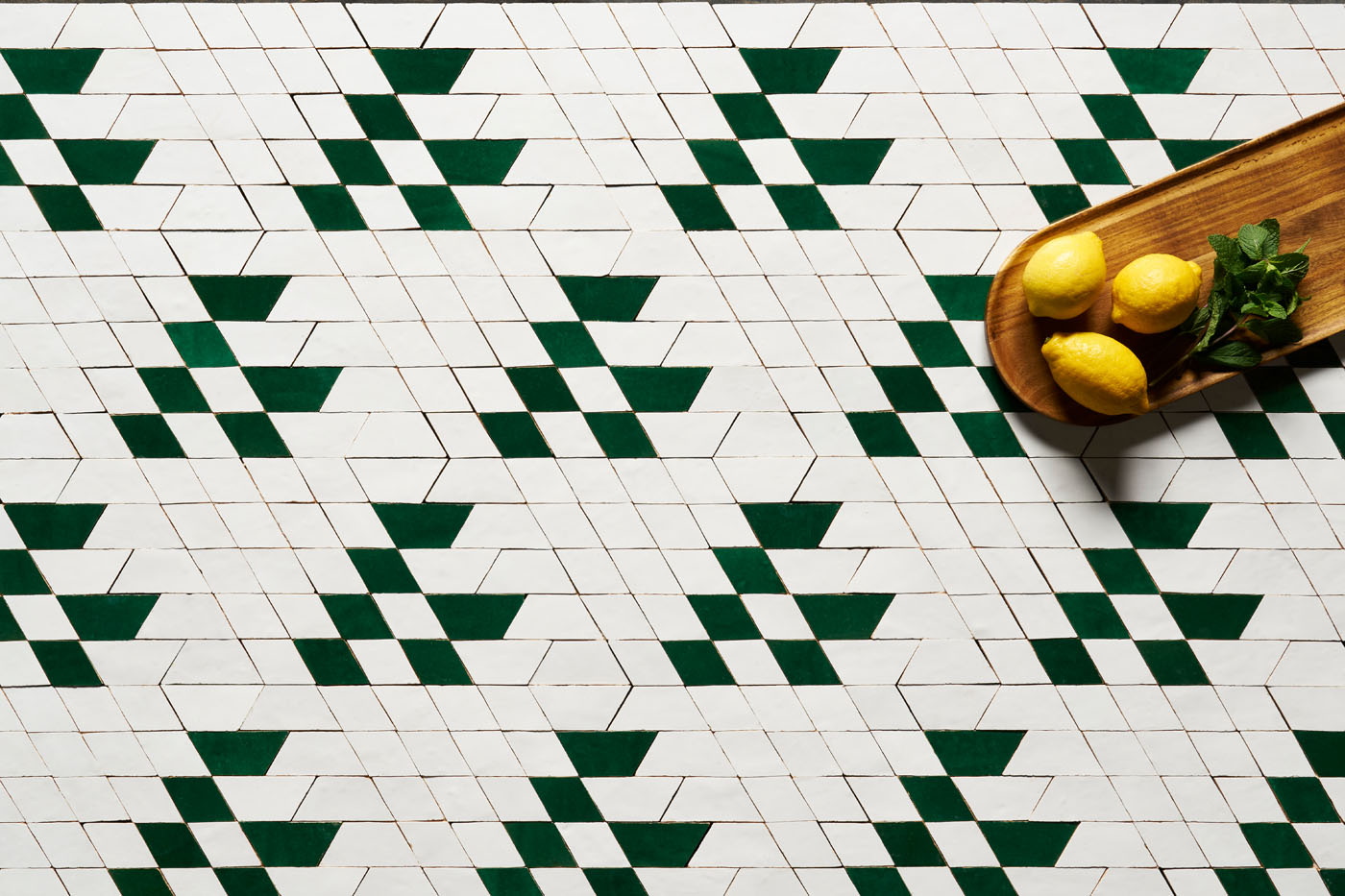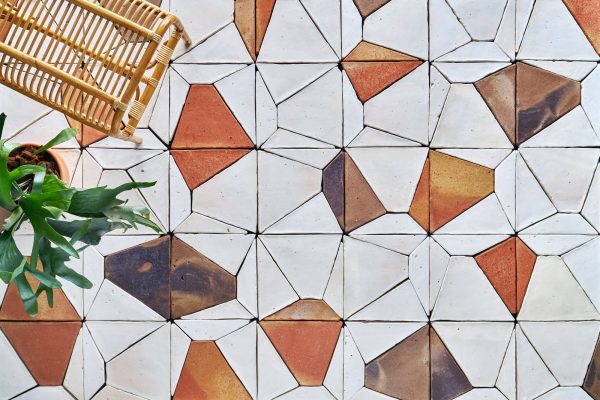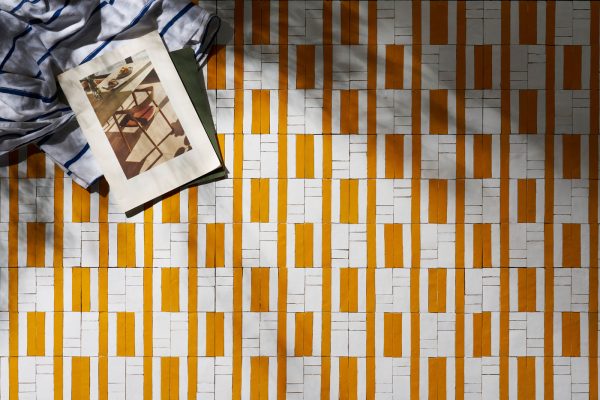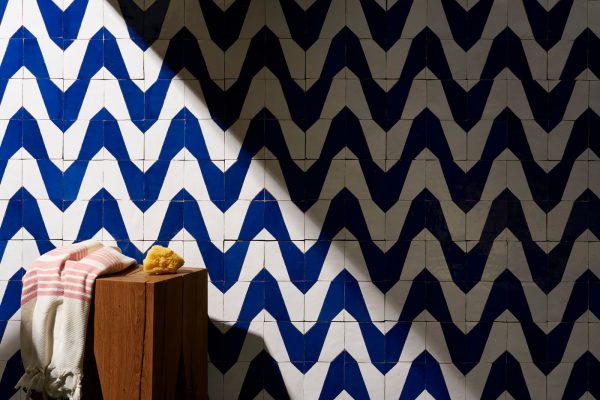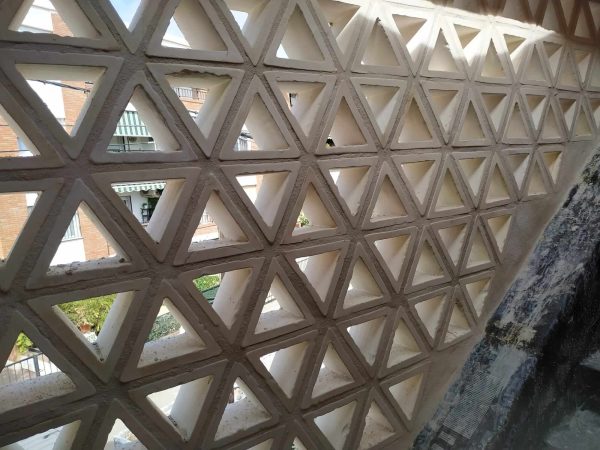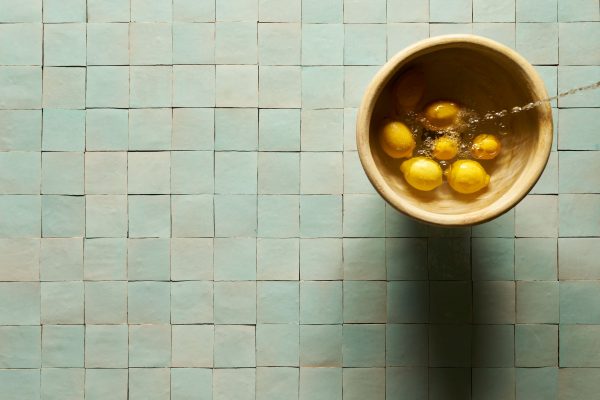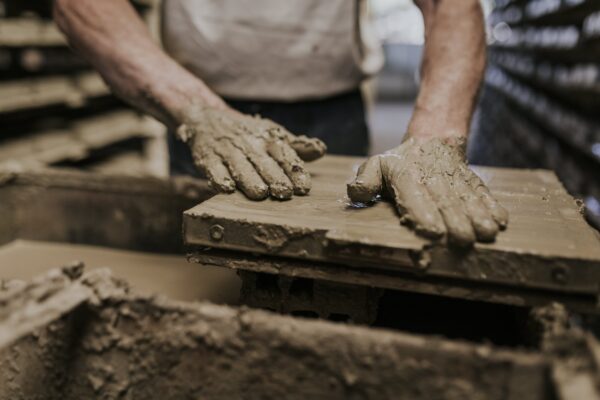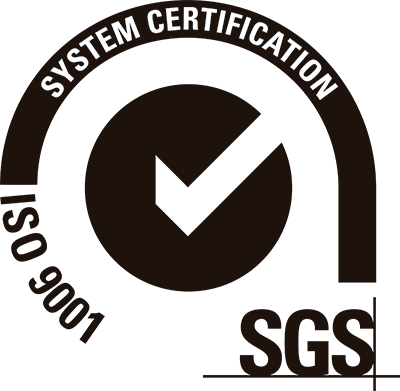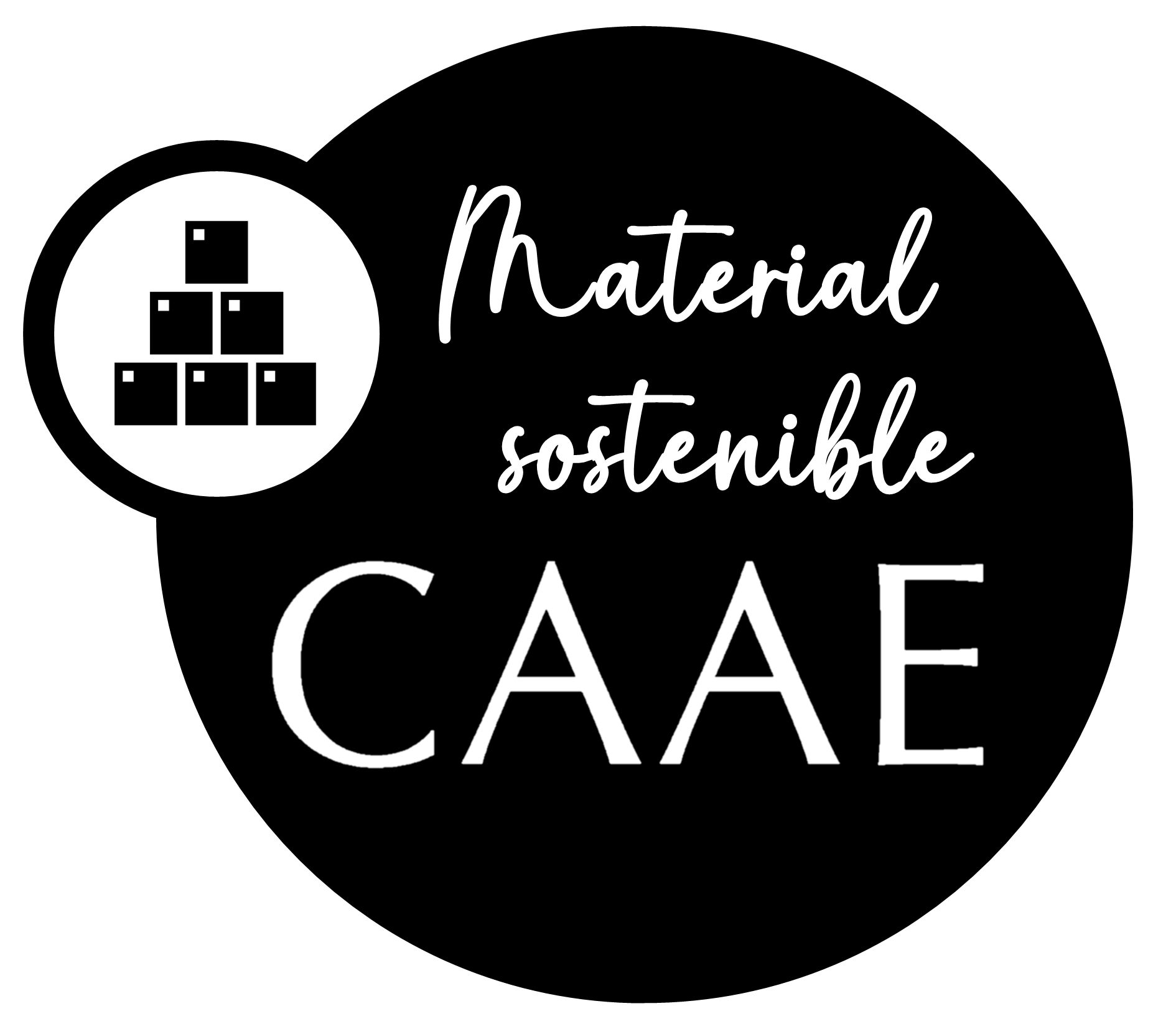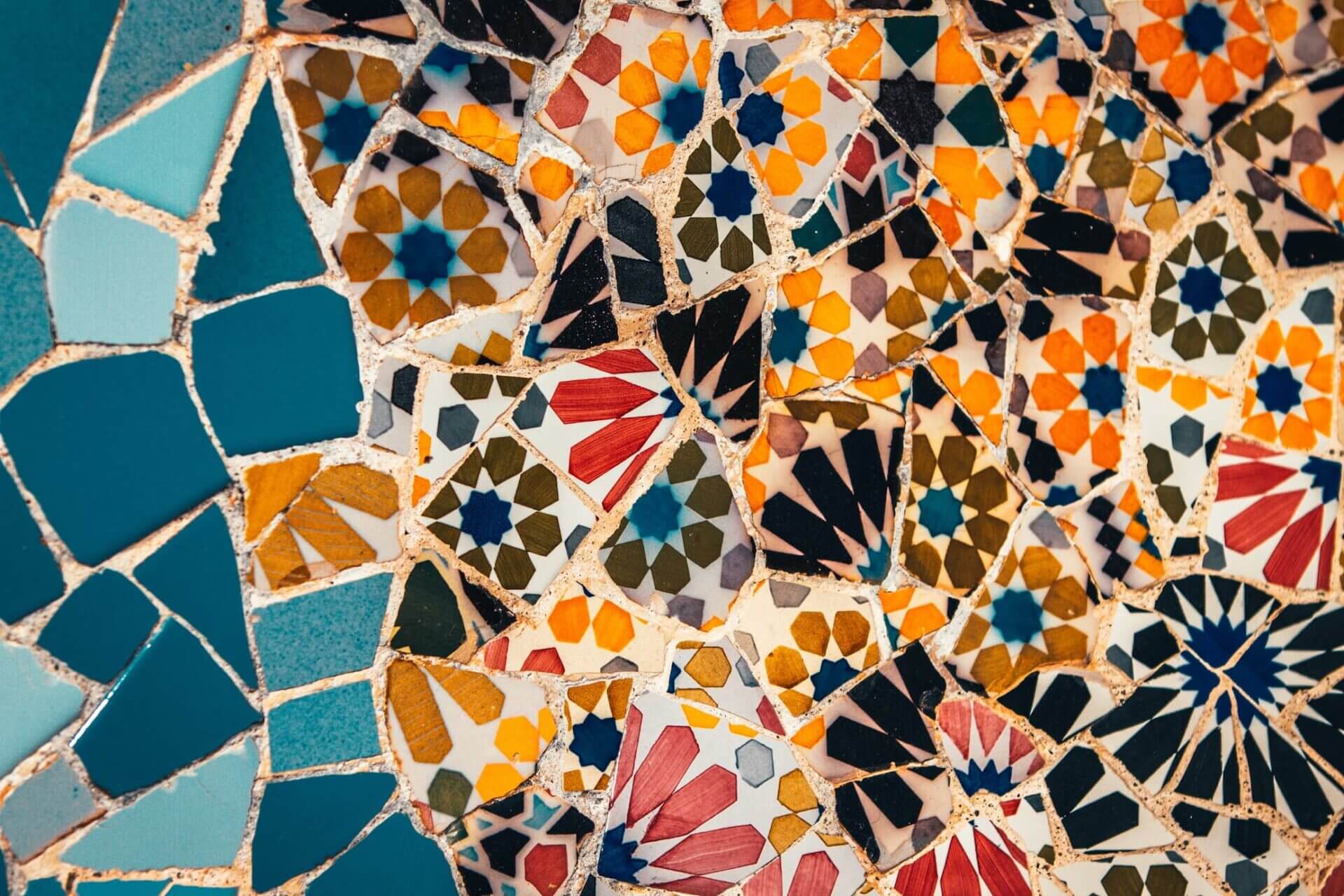
What is the trencadís technique?
We take a closer look at this iconic style of mosaic in Catalan architecture
The trencadís technique is a kind of mosaic, typical of Modernist architecture of Eastern Spain, that consists of assembling irregular pieces of ceramic tiles over a surface with mortar. Through color, the pattern of broken tiles (“trencades” in catalan, hence the name) and the size of the pieces, trencadís offers a wide range of aesthetics possibilities.
This technique has turned into iconic some of the most recognisable buildings and monuments of the Catalan and Valencian Modernist architecture. We find it on the front and facade of some of the most important landmarks of the area, like the Casa Battló or the Güell Park. The adaptability of trencadís to differently shaped surfaces gives the most iconic facades and banks of Barcelona a unique identity.
Besides the peculiar silhouettes that characterize them, the ceramic pieces or tessellae play with the glazed texture, the color patterns create what could be best described as drawings, and the sun’s reflection plays on the glazed surface.
A European and Mediterranean heritage
The trencadís shares DNA with many other mosaic techniques; such an identitary practice of the architecture and masonry of the Mediterranean Basin. We find examples of patterns and decoratives techniques that work with tessellation in every civilization that ever touched the Mare Nostrum.
Just like with Romance languages, the same happens with Mediterranean mosaics, and as we recognise Italian and Portuguese as relatives, we can connect the pebble mosaic with the terrazzo, the zellige and the trencadís.
In the IVth and Vth Centuries we find the earliest manifestations of a kind of pavement that uses the small polished pebbles one might find in the banks of rivers. The different colors naturally present on the little rocks allow for the creation of simple geometric patterns and shapes. Over time, and with the introduction of new materials in the bricks and tiles used for the tessellae, the techniques of mosaic grew more and more complex. By the time of the Hellenistic period (IV- I bC), the flat mosaic was so developed that it often replaced decorative painting.
Unique features of Catalan trencadís:
- It ‘s spontaneous. It is not designed or planned beforehand, but it’s improvised on the go. The patterns and drawings are, therefore, irregular and imperfect. Whenever we find trencadís with tessellae cut in regular or concrete shapes (like a flower blossom or a lightning bolt) we know we are before a modern execution of trencadís, not a traditional one.
- It’s made with irregular pieces of glazed ceramics whose imperfections must never be corrected. The only requisite is for the glazed part to be unharmed on its surface. This being intact, it’s an indicator of quality for a trencadís to not have two identical pieces.
- It’s normally used to face curved surfaces. In using such small pieces, the trencadís can cover shapes that aren’t flat, which require tessellae, bricks or tiles that can’t adapt to any irregular surface without breaking. Also, the Modernist architects took inspiration and looked to imitate natural forms and shapes that favor round and curve lines. Very rarely in natural geometry do we find perfect lines, right angles, and matt surfaces. The trencadís solves the problems of shape, color and texture all at once.
Differences between trencadís and terrazzo
Both techniques are alike in that they use irregular pieces, often recycled from other construction materials, that are united with a binding agent: cement in the case of terrazzo, mortar the case of trencadís. They both entertain an important random element to it in that the pieces and tessellae aren’t picked beforehand.
However, the functionalities of these two techniques are very different. The trencadís has an origin and role purely decorative. Besides, even though a great part of its character relies on spontaneity, it ends up forming drawings and recognisable shapes, usually natural motives.
Terrazzo, on the other hand, started out as a way of pavement that allowed to cheapen the costs of paving the floor. Construction workers realized that by adding bits and pieces of leftover materials to the mortar or cement, they achieved more resistant floors. The pieces of brick, the pebbles and ceramic shards have no aesthetic point; they are merely structural. For that reason, they occupy truly random spots of the terrazzo’s surface, and any patterns or recognizable shapes are nothing but a work of coincidence.
This technique has been used since Roman times, and it has always been a prerogative of the working classes. That is why one of the major differences between trencadís and terrazzo in its traditional forms is the location where we find them. With the industrialization of the XXth Century, both techniques found its way to the houses of buildings of the Middle Class, where they both turned into different versions and variations of its predecessors, where we occasionally confound the two.
Differences between trencadís and zellige
What trencadís holds in difference with terrazzo, it shares with zellige. Both techniques use pieces of fired and glazed earth: trencadís uses clay, zellige uses mud. Both play with color and shape as their main resource.
And both pay special attention to geometry and symmetry, but in opposite directions. Trencadís avoids it, zellige is based on it. In our new “Mediterránea” collection of traditional zellige, we explore all the possibilities that bichromic and Moroccan-Andalusian geometry have to offer.
Zellige, unlike trencadís, requires a great technical precision for the design and handmade cut of each of the pieces that comprehend the final result.
